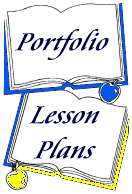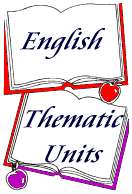|

| |

Verbs
A verb asserts
something about the subject of a sentence. An action verb tells what the subject
does, did, or will do. A linking
verb tells that the subject is, was, or will be doing
something. A verb is used to:
- Express action
- Names state of being
- Names conditions
- Behaves like the noun it is
derived from
- Can be made into a command
- Follows the subject/noun
Intransitive verbs do
not require a direct object to be complete its meaning whereas a transitive verb
requires at least one complement, the direct object, to be complete.
| Rules: |
|
| Tests: |
Formal
Proof
- Has verb-making
morpheme. (criticize)
- Can occur with
present-tense morpheme. (criticizes)
- Can occur with
past-tense morpheme. (criticized)
- Can occur with
present-participle morpheme. (criticizing)
- Can occur with
past-participle morpheme. (had fallen, was criticized)
Functional
Proof
- Can be made into a
command. (Criticize this novel!)
- Can be made
negative. (They did not criticize the novel.)
- Can fit in one of
the frame sentences. (They must ________ (it.) or They must _____
good.)
|
Teacher
Territory is designed to assist the high school Language Arts teacher in ideas
and resources for teaching students using a variety of methods. From traditional
methods to integrating technology into the classroom, Teacher Territory can
help. This site currently contains lesson plans, WebQuests, thematic units,
graphic organizers, and more. More things will be added as developed.


| |




|
![]()





